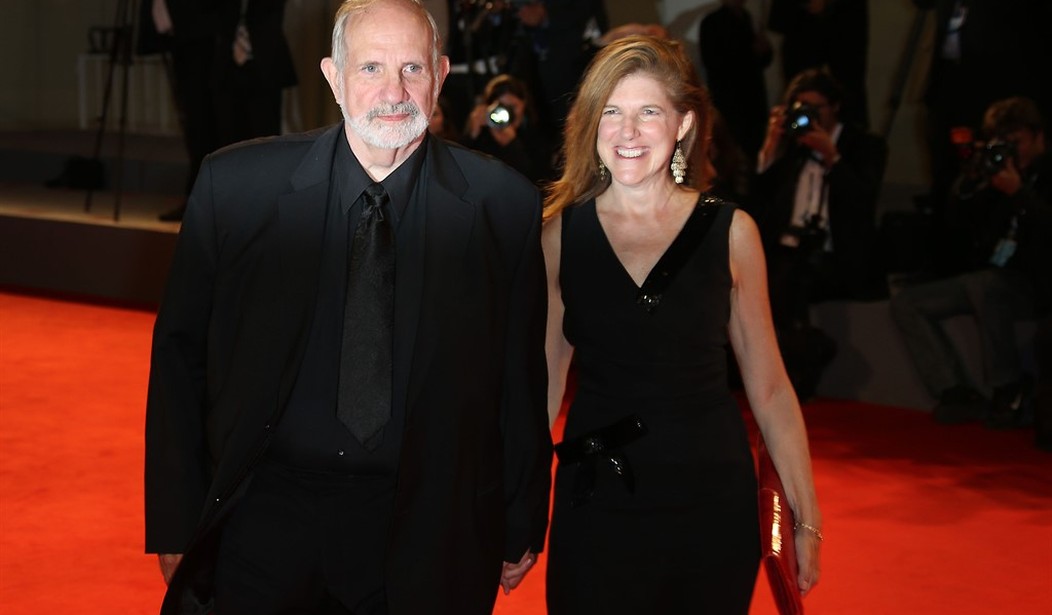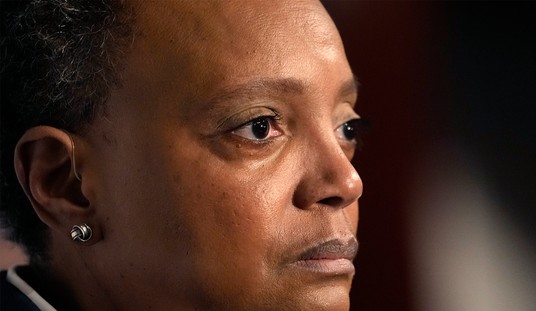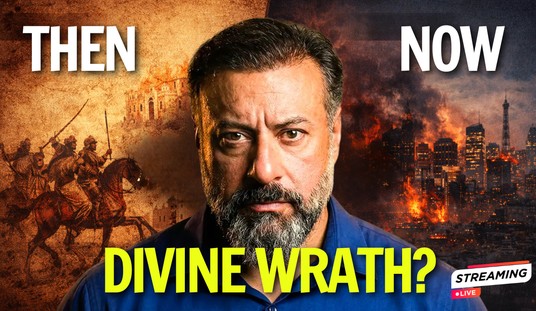Film is the ultimate collaborative art, involving not just a writer, director and actors, but dozens — sometimes hundreds — of crewmen behind the scenes whose creative decisions, often made instinctively at the spur of the moment, can make or break a picture. Which is why any successful movie is a minor miracle of sorts.
But sometimes, if a picture is big enough, when it doesn’t work, when it all falls apart, when doom strikes, the resulting implosion can be worth observing from a safe distance, just to see how big the fallout was. The late Gene Siskel famously wrote that he had simple test for the movies he reviewed: “Is this film more interesting than a documentary of the same actors having lunch?” Julie Salamon’s classic 1991 book The Devil’s Candy ups the ante established by Siskel tenfold: the movie version of this book, sort of a landlocked print version of the great Apocalypse Now documentary, Hearts of Darkness, would have been much more fun to watch than the underlying film production Salamon was describing — the 1990 movie version of Tom Wolfe’s definitive ’80s book, The Bonfire of the Vanities, as directed by Brian DePalma.
This was a film shoot in which everything went wrong, beginning with the two most important elements of the movie: casting and writing. Of the former, John Frankenheimer once said, “If you cast the picture correctly, you have a whole lot of leeway. You can make mistakes in other aspects but pull it off with the right actors.” Regarding the script, legendary screenwriter Ernest Lehman has said, “bear in mind that a film production begins and ends with a screenplay.”
So let’s cast Tom Hanks (in his first dramatic role) as a WASPy old-money Park Ave. bond trader, Bruce Willis (just off Die Hard and TV’s Moonlighting) as a boozy Hitchens-esque British journalist, and Morgan Freeman in a character who began life as a Jewish Bronx judge originally named Myron Kovitsky, a role originally intended for Walter Matthau or Alan Arkin.
And then let’s have the screenwriters edit out virtually all of class and racial conflict that made Tom Wolfe’s book so deliciously attractive to millions of readers, and make the movie as politically correct and vapid as possible. And lets hire an equally miscast director, better known for Hitchcock homages and slam-bang action movies like Scarface and The Untouchables to direct.
When the project was begun, I’m sure that Salamon, a veteran of the Wall Street Journal, thought she was writing yet another Hollywood “making of” book, to tie-in with a motion picture on a topic near and dear to the Journal’s heart. Instead though, The Devil’s Candy ended up doing for Hollywood what Wolfe did for New York’s high and low — exposing the venality of its biggest players, particularly when fate, egos and occasional duplicitous behavior collides with tens of millions of dollars on the line. It finishes the sentence started by screenwriter William Goldman: nobody knows anything — but everyone must pretend otherwise, and it sure is fun watching them fall on their face when the truth is revealed. (Something Wolfe knows all too well himself, hence the white suit, the impenetrably jaunty hauteur and well-rehearsed interview answers, all designed to keep his personal status-sphere from being pricked too easily.)
The Devil’s Candy, which explores all of Bonfire’s train wrecks as they happen one by one as the film is being shot, is a terrific read, and needless to say, infinitely more interesting than Warner Brother’s 1990 movie. As the corollary to Murphy’s Law written by my friend and pioneering milblogger Col. Austin Bay goes, “If it can go wrong, it already has and we just don’t know about it.”
Speaking of which, in a way, Salamon’s book packed a ticking time bomb that neither she nor anyone else could be aware of. On the back cover of the softcover version of the book is a blurb from Kirkus Reviews which was excised from its Kindle edition. See if you can guess why:
Like watching a World Trade Center tower topple onto Wall Street.
As journalist/blogger Steve Silver noted in 2003:
This was written two years before the 1993 WTC bombing (in which the terrorists attempted unsuccessfully to collapse one tower into the other) and of course ten years prior to 9/11. DAMN.
Indeed–damn.
Salamon references that blurb in the update she wrote for the conclusion of the 2002 reissue of the book, which is the version that Amazon ported to the Kindle:
That throwaway line [from Kirkus, quoted on the back cover of The Devil’s Candy] would seem absolutely chilling almost exactly ten years later, when the World Trade Center towers were destroyed by terrorists and the world abruptly became a different place. My meeting with De Palma [to look back on the tenth anniversary of the movie version of Bonfire and the publication of The Devil’s Candy] took place two weeks after that, as the celebrity “news” that had dominated the culture for years was replaced by reports of U.S. military exploits in Afghanistan and domestic fears of bioterrorism. The movie industry was flummoxed, as producers and studio executives tried to imagine what kind of entertainment would sell in this altered atmosphere.
It took years for Hollywood to settle on a post-9/11 strategy, after virtually ignoring the War on Terror in its earliest phases. Eventually, that strategy congealed into offering up a series of anti-Iraq War movies, for which the studios tossed away any hope of making profits, in a collective case of anti-jingoism. For DePalma that would mean Redacted, his 2007 film, made on a shoestring budget of five million dollars, a tenth of the runaway Bonfire shoot, and which became a notorious bomb, in part because, as Roger L. Simon wrote at the time, most Hollywood filmmakers, DePalma included, viewed the War on Terror through the prism of Vietnam, and audiences could sense the distance and the stale ideas. Redacted would put so few “butts in seats” as the industry likes to say, that the average blogger and videomaker of the period had more traffic than a Hollywood movie. And for an industry that once set the pace for American pop culture, maybe that was the greatest bonfire of the vanities of them all.










Join the conversation as a VIP Member